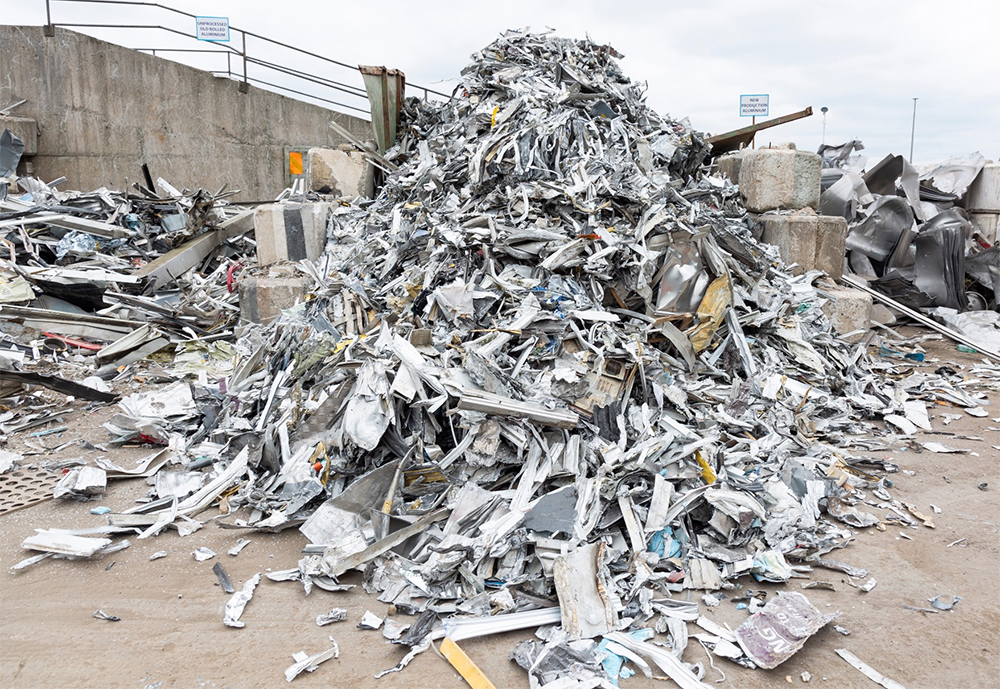

Major metals and steel producer Russia has applied quotas or taxes on scrap exports since the start of 2021. But strict customs quality controls remain in place. In line with adoption of the "recycled metal" name, China now has a new set of national standards that sets out in detail for the first time the sources of the scrap, its dimensions as well as limits for content of hazardous material, a clear move away from previous standards under which merchants shipped all kinds of waste to the country.Ĭhina removed some blanket bans on scrap imports in 2021 as its Blue Skies policies obliged it to use more secondary material to produce metals with lower energy consumption and carbon emissions.

Various countries have announced export restrictions, perceiving the importance of keeping at home more recycled raw materials for their steel and metals production.Ĭhina, the biggest producer and consumer of recycled steel, tightly restricted in 2018 to 2020 imports of both ferrous and non-ferrous scrap, importing only material of a high enough quality to remelt easily, without deleterious or unwanted elements. The quantity of trade restrictions emerging on scrap is an indicator of its growing value.

The European Commission's "Waste Shipment Regulation" – designed to reduce the cost of ferrous scrap to EU steel mills and ensure sufficient regional supplies for decarbonization by curbing exports – is as unglamorous in sentiment as in name. It's 'recycled metal' in California," said John Morgan, chairman of US recycling organization Institute of Scrap Recycling, or ISRI.Įurope still needs to catch up with the new lexicon. The new name has already taken off in parts of the US, where the "s" word and the "w" word are out of vogue. References to scrap metal as "waste" look set to be short-lived, given the current emphasis on energy savings.Ĭhina has stopped using the term "solid waste" and is going even further: replacing "ferrous scrap" with "recycled steel." And that production of secondary, or recycled, aluminum – now used for a wide variety of finished products – requires just 5% of the energy and creates just 5% of the emissions of primary aluminum production using bauxite and alumina, according to sources including the World Economic Forum. The metals community must make the public aware that steel produced using scrap in electric arc furnaces may produce just one-third of the CO2 emissions of steel made from iron ore and coal in a blast furnace. With help from the decarbonization crew information campaigns on what scrap and secondary metal are, and their energy-saving attributes, are still needed. The "s" word is out of favor and could eventually disappear. The grand transformation is at least partially linguistic. But scrap – or secondary metal's – essential place as an energy-saving decarbonization tool is being recognized in the effort to establish a circular economy, or as the jargon puts it, "to close the loop."įerrous scrap is the "new gold" key for production of green steel, said Fernando Espada, president of European steel distributors' association Eurometal, at a recent association meeting in Barcelona.Īt the latest Bureau of International Recycling event, also in Barcelona, BIR President Tom Bird proclaimed "a Golden Age for recycling," alluding, we might be forgiven for thinking, to Spain's important golden age of literature. Technological advances and electronic sorting may still be badly needed in some quarters. "Rag and bone" men with carts no longer shout around the houses for "any old iron, any old iron?" – at least not in the UK, and scrap merchants are no longer "scrappies" but increasingly up-market "recyclers." Scrap metal is changing its status, its image, its price and even its name.


 0 kommentar(er)
0 kommentar(er)
